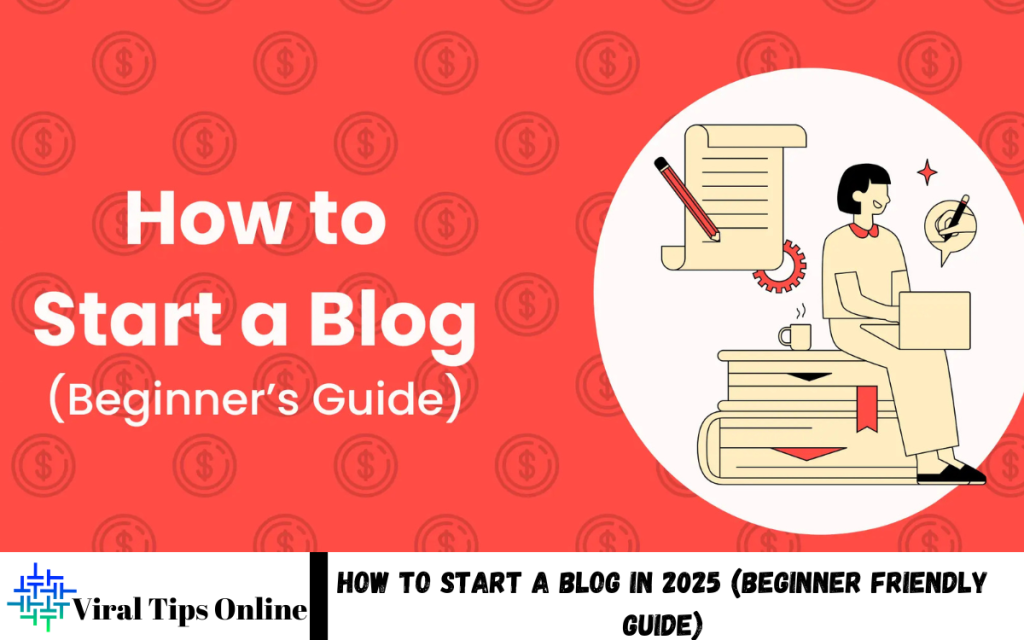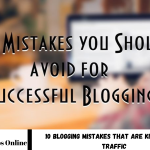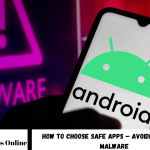Starting a blog in 2025 is one of the smartest ways to share your voice, build an online presence, and even create a source of income. With technology advancing rapidly, blogging has evolved from simple online diaries to powerful platforms for education, entertainment, and business.
Starting a blog has never been easier thanks to user-friendly platforms, AI-powered tools, and social media integration that help you grow faster. You no longer need advanced technical skills a good idea, consistent effort, and the right strategy are enough to succeed.
Why Blogging is Still Relevant in 2025?
Some people believe blogging is dead because of TikTok, YouTube, and other visual platforms. The truth is, blogging has simply evolved. Millions of people still search Google every day for information, solutions, and recommendations. Businesses rely on blogs to educate their customers and boost search engine visibility.
In 2025, blogging is even more important because:
- Written content builds trust. People want detailed explanations, not just short clips.
- Blogs rank on search engines. SEO-friendly articles can bring traffic for years.
- Blogs complement social media. You can share your blog posts on Instagram, LinkedIn, or X (Twitter) to bring people back to your website.
- You own your platform. Unlike social media accounts, a blog is yours – no algorithm can take it away.
Step 1: Choose Your Niche Wisely
Your niche is the topic or category your blog will focus on. Picking the right niche is crucial because it helps you attract the right audience and keeps you motivated to create content consistently.
When choosing a niche, consider these factors:
- Your Passion & Knowledge
Choose a topic you genuinely enjoy. Blogging takes time, so pick something you can write about for months or years without getting bored. - Audience Demand
Make sure people are searching for your topic. Use tools like Google Trends or AnswerThePublic to see what questions are being asked. - Monetization Potential
If your goal is to make money, research whether your niche has products, services, or affiliate opportunities you can promote.
Popular Blogging Niches in 2025
- Personal Finance & Investing
- Health & Fitness
- AI Tools & Technology
- Productivity & Career Growth
- Travel & Digital Nomad Lifestyle
- Food & Cooking
- Parenting & Family Life
- Self-Improvement & Mindset
Step 2: Pick the Right Blogging Platform
Once you know your niche, it’s time to choose where your blog will live. There are many platforms to choose from, but here are the most popular:
- WordPress.org – The most flexible and powerful option. Perfect if you want full control over design and monetization.
- Wix / Squarespace – Great for beginners who prefer drag-and-drop website builders.
- Ghost – A modern platform for writers who want a minimal and fast blogging experience.
- Medium / Substack – Ideal if you just want to write and don’t care about full website customization.
If you want to turn your blog into a business, WordPress.org is still the best choice in 2025 because it gives you full ownership and allows you to install SEO plugins, custom themes, and monetization tools.
Step 3: Get a Domain Name and Hosting
Your domain name is your blog’s address (like www.yourblog.com), and web hosting is where your blog’s files are stored.
Tips for Choosing a Domain Name:
- Keep it short and easy to spell.
- Make it memorable and brandable.
- Avoid numbers and hyphens if possible.
- Use a .com domain if available (or .net/.co if .com is taken).
Many hosting companies like Bluehost, Hostinger, and SiteGround offer domain registration and hosting in one package, making setup easier.
Step 4: Design Your Blog
Your blog design is the first thing visitors will notice. A clean, professional layout encourages them to stay longer and read your content.
Design Tips for 2025:
- Use a minimalist, mobile-friendly theme most users browse on their phones.
- Add a search bar to make navigation easy.
- Keep your color palette consistent with your brand.
- Make sure your font is easy to read (no overly fancy styles).
Read Also: Top 5 Money-Making Apps That Actually Pay
Step 5: Plan and Create Quality Content
Content is the heart of your blog. In 2025, quality and authenticity are more important than ever. Google’s helpful content update rewards well-researched, original, and valuable posts.
Content Ideas for Beginners:
- How-To Guides – Teach your readers step-by-step solutions.
- Listicles – Example: “10 Best Tools for Bloggers in 2025.”
- Reviews – Share your honest opinion on products or services.
- Case Studies – Show real-life examples and results.
- Opinion Pieces – Share your perspective on trending topics.
Make your posts engaging with subheadings, images, and bullet points. Keep paragraphs short for better readability.
Step 6: Learn Basic SEO
Search Engine Optimization (SEO) helps your blog rank higher on Google so people can find your content.
Key SEO Tips for 2025:
- Do Keyword Research – Use tools like Ubersuggest or Ahrefs to find what people are searching for.
- Write Compelling Titles – Your headline should grab attention and include your target keyword.
- Optimize Meta Descriptions – These short summaries encourage people to click.
- Use Internal Links – Link to other posts on your site to keep readers engaged.
- Focus on E-E-A-T – Google values Experience, Expertise, Authoritativeness, and Trustworthiness.
Step 7: Promote Your Blog
Creating great content is just half the work you also need to promote it.
- Share on Social Media – Post on Instagram, Facebook, LinkedIn, and X to reach a wider audience.
- Join Communities – Participate in forums, Reddit, and Facebook groups related to your niche.
- Email Marketing – Build a subscriber list so you can notify readers when you publish new posts.
- Collaborate with Other Bloggers – Guest posting and backlinks improve SEO and credibility.
Step 8: Monetize Your Blog
Once you start getting traffic, you can turn your blog into a source of income.
Common Monetization Methods in 2025:
- Affiliate Marketing – Promote products and earn a commission for each sale.
- Display Ads – Use ad networks like Google AdSense or Mediavine.
- Sponsored Posts – Work with brands to create content.
- Digital Products – Sell ebooks, templates, or online courses.
- Freelance Services – Offer writing, consulting, or coaching services.
Remember, monetization takes time. Focus first on building a loyal audience before trying to sell too much.
Step 9: Stay Consistent and Keep Learning
Blogging success doesn’t happen overnight. It takes patience, consistency, and a willingness to learn. Track your progress with tools like Google Analytics and adjust your strategy based on what works best.
Keep up with blogging trends, SEO updates, and content strategies to stay ahead of the competition.
Frequently Asked Questions
What is the best blogging platform for beginners?
WordPress.org is still the best choice for beginners who want full control and monetization options. Alternatives like Wix or Squarespace are easier but less flexible.
How often should I post new content?
Consistency is key. Aim for at least 1–2 posts per week in the beginning. Over time, focus more on quality rather than quantity.
How do I get traffic to my blog?
You can get traffic through SEO (ranking on Google), social media promotion, email marketing, Pinterest, and collaborations with other bloggers.
Do I need to show my face to run a blog?
No. Many bloggers remain anonymous or use pen names. What matters most is the value of your content.
Can I start a blog using just my phone?
Yes! Many platforms and writing tools are mobile-friendly. However, using a laptop or desktop is recommended for better control over design and formatting.
What is the future of blogging with AI in 2025?
AI can help with brainstorming ideas, keyword research, and editing, but original, human-written content performs better. Authenticity and personal experience are what readers trust.
Conclusion
Starting a blog in 2025 is one of the best ways to share your ideas, grow your influence, and even create a sustainable online business. The tools are better, the opportunities are wider, and the demand for quality information is higher than ever.
If you follow the steps in this guide choose a niche, set up your platform, create valuable content, promote it, and stay consistent you’ll be on your way to building a successful blog that can last for years.


